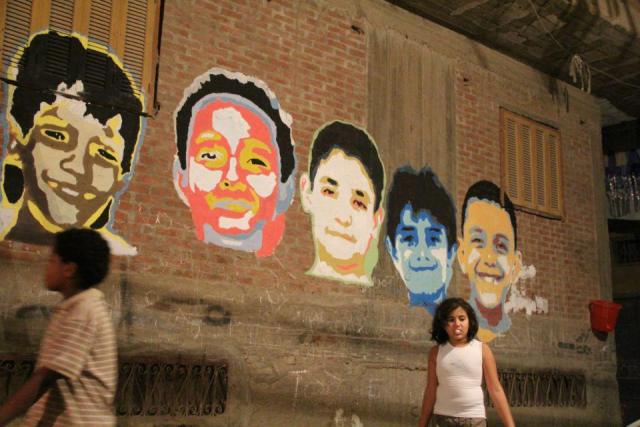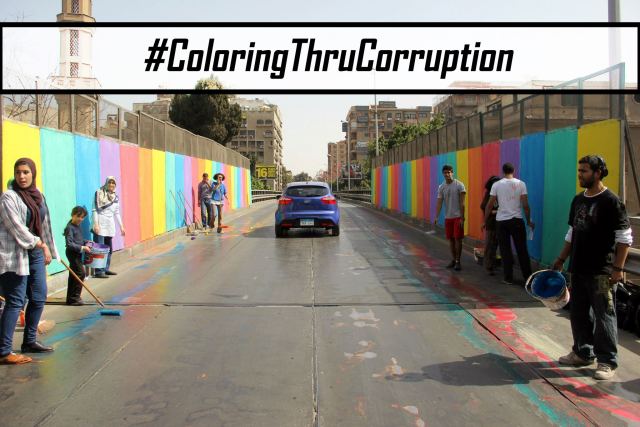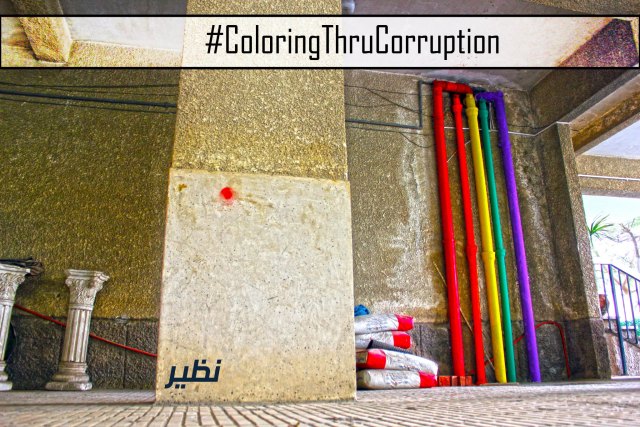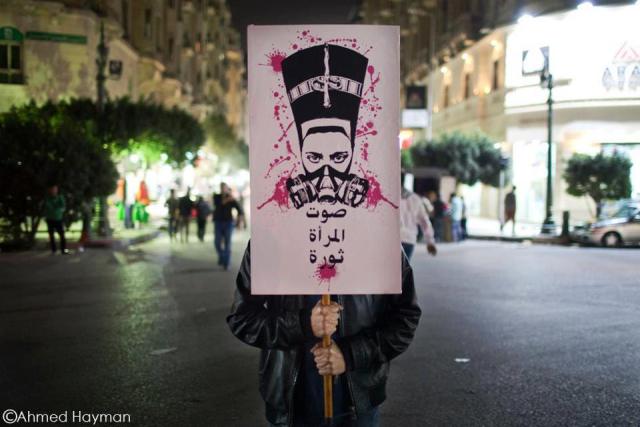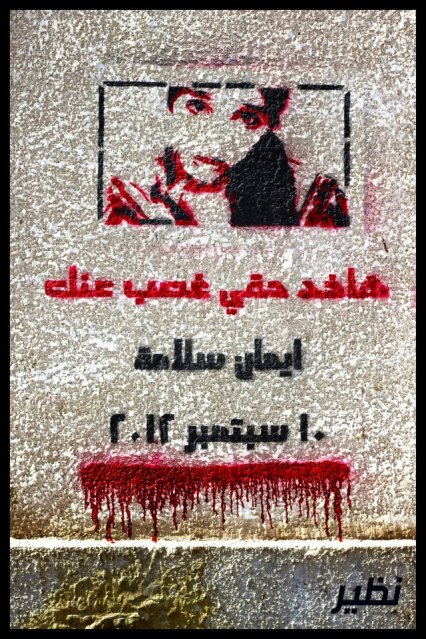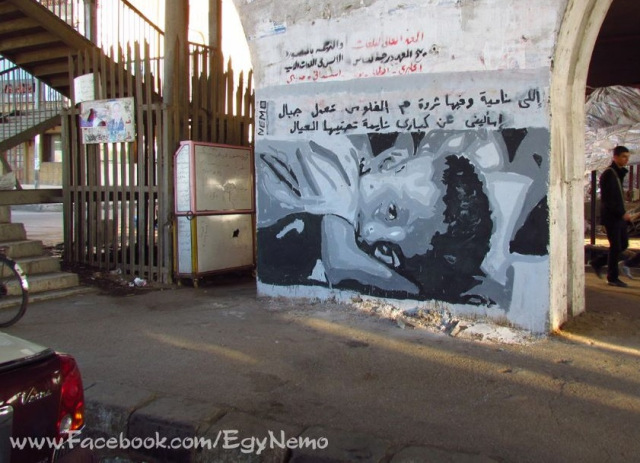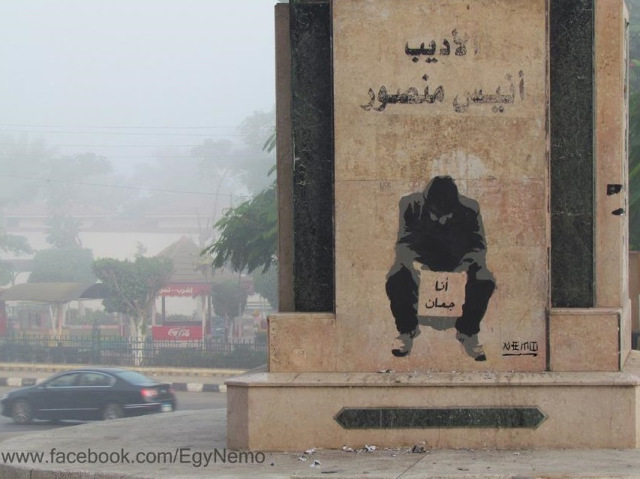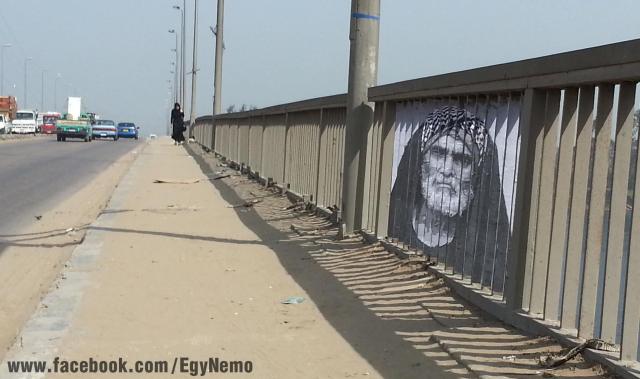The use of social media in Zimbabwe and amongst Zimbabweans in the diaspora is increasing all the time, especially between the two groups. We have tools like blogs, Facebook, Twitter and WhatsApp to thank for this. The internet is still one of the few places where we can freely air our views with the advantage of anonymity.
Back in January 2012 I used the #Twimbos hashtag on Twitter and asked fellow Twimbos if they were interested in participating in a regular Twitter chat revolving around our beloved country. (Zimbabweans are commonly known as Zimbos; Zimbos on Twitter are therefore Twimbos.) I received a multitude of responses, but I was left a little unsure about it all so I shelved the idea. However, in late September, I embarked on what #263Chat has become to date. #263Chat evolved from a proposed fortnightly Twitter discussion on five different topics to the current format, which is a weekly discussion every Tuesday at 6pm CAT with one main focus. To gauge the Zimbabwean pulse on Twitter, search for the hashtag #Twimbos and #263Chat.
The #263Chat journey so far has confirmed many of my perceptions about fellow Twimbos:
- We generally want to engage in discussion about Zimbabwe and/or Africa with other Zimbabweans and get an idea about what others are doing;
- We often seek to maintain relationships with family and friends scattered across the globe;
- Given our high literacy rate, we yearn to exchange ideas about other opportunities in business or generally about other Zimbabweans across the globe through robust discussion.
Why #263Chat?
I started #263Chat for a variety of reasons. Firstly, I love engaging with others. Secondly, I believe that to tackle any problem (and Zimbabwe has many), a conversation is the initial step. #263Chat was created to have that national conversation, but more importantly to crowd source solutions to challenges that we face in our own daily lives. I believe that local problems require local solutions. There are often solutions we can implement if we work together. Sometimes #263Chat is about gathering new ideas from Zimbabweans based all over the world or from those in different parts of the country. The topics are set by the community depending on the current issues of the week and they vary widely: we’ve discussed the recent referendum on the Constitution, as well as indigenisation, women and bullying.
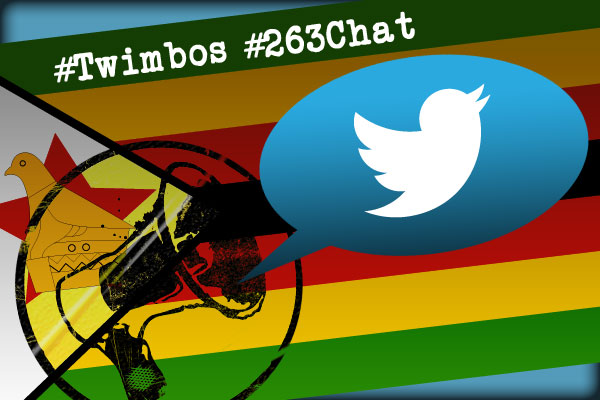
I suspect that some Zimbabweans don’t discuss issues openly, but issues we discuss in private regularly affect us all. We may know someone who has suffered from domestic violence or wondered how others feel about gay rights in Zimbabwe. The challenge is that we rarely discuss these issues with complete strangers. I have always thought that perhaps we are afraid of the consequences, whatever those are, so we believe talking won’t help. What I have since discovered with #263Chat is that there is a genuine need to talk as a nation, and not just on social media. We have issues we need to resolve! Not to suggest that we don’t already, but #263Chat taps into the minds of those in the diaspora and links them with someone living in Masvingo, for example. I believe creating that link is powerful. The exchange of ideas from that connection is ultimately why #263Chat exists and continues to grow.
Challenges
As expected, not every Twimbo is going to accept and/or participate in the conversation. Many view #263Chat as ‘all talk and no action’. Some have suggested that perhaps I set up this initiative as a way of entering politics or that I have some other hidden agenda. I find that quite amusing. Some are tired of talking and want to see visible change in society. I can understand that. I maintain that change is a process which takes time. If we band together, change is easier to implement. We can achieve simple things like teaching our kids about bullying or informing our helpers at home about registering to vote and what the referendum means in real terms. Simple things like that.
The future
Three weeks ago, we held our second #263Chat live event, which focused on tourism. We partnered with The Embassy of the Kingdom of the Netherlands, NewsDay and C1rca 1964, and hosted the Zimbabwean tourism minister, Walter Mzembi, and the Zambian ambassador to Zimbabwe, Ndiyoi Mutiti. They, together with Barbara Joziasse, the Dutch ambassador to Zimbabwe, were keynote speakers. This event reflected an increasing awareness of the importance of social media in Zimbabwe and indeed how useful it can be in creating a space for much-needed dialogue.
Our website will be launching shortly, and more 263Chat live events will take place later this year including community initiatives such as ‘Adopt a School’. Meanwhile, our Twitter conversations continue – I invite every Zimbabwean online to join in!
Nigel Mugamu is founder and host of #263chat. Visit his blog and connect with him on Twitter.
